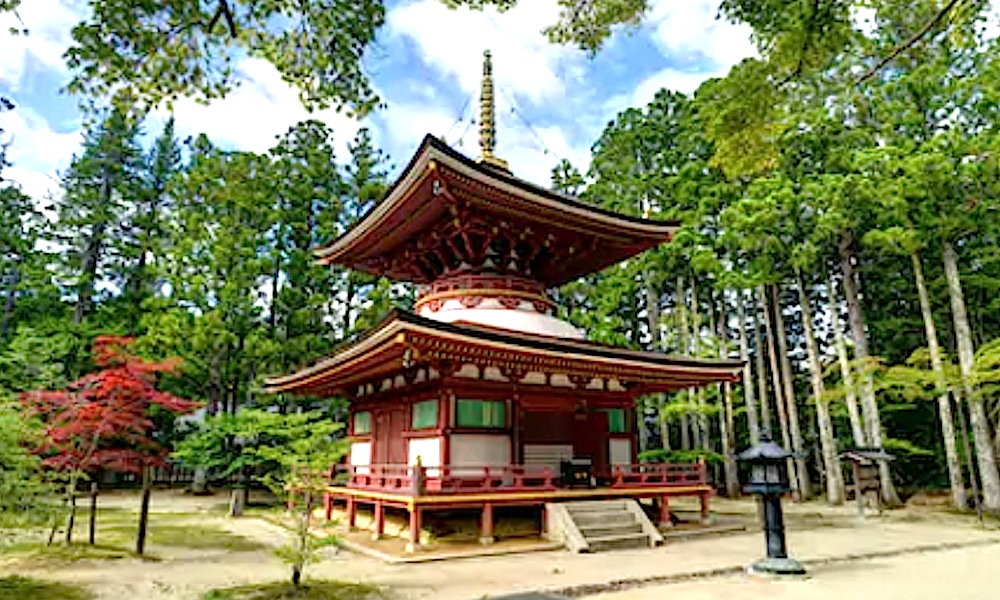
Temples throughout Japan are now open to hosting travellers and tourists thanks in part to the launch of new project, Terahaku, and could make an interesting add-on to Rugby World Cup trips next year.
Temple lodgings (Shukubo) offer visitors the opportunity to get a taste of the simple, traditional lifestyle of Buddhist monks and Shinto priests. The Terahaku project will initially feature 100 temples, including Mii-dera (also known as Onjo-ji Temple) near Japan’s largest lake Biwa-Ko in Shiga Prefecture. Following the initial introduction, the project plans to expand to 1,000 temples over the next three years. The typical cost for a stay is between 9,000 and 15,000 yen (€70-€116) per person and night, including dinner and breakfast.
Terahaku (Tera meaning temple and Haku meaning stay) works exclusively to promote temple and shrine stays across Japan and provides tourists with an easy means of booking online in English. Traditionally, Shukubo was paid for in cash and booked in Japanese, limiting access for Western travellers.
Many temple stays also offer a range of workshops that are available to join, such as Zen Meditation, Hand-Copying Sutra and Waterfall Meditation Training. Japanese flower arranging, cooking classes and sampling Shojin Ryori are also available at some of the larger facilities.
Wakayama Prefecture
Koya-san is the home of Shingon Buddhism within Japan and a great place to experience a night staying in a temple, with more than 50 temples in town serving as shukubo. Kobo Daishi formed a monastery here in the in the 9th century and the sect is still going strong, with there now being a vast number of temples that have developed into a small town.
Above is the Wakayama Jison-In Temple, Koya-san.




